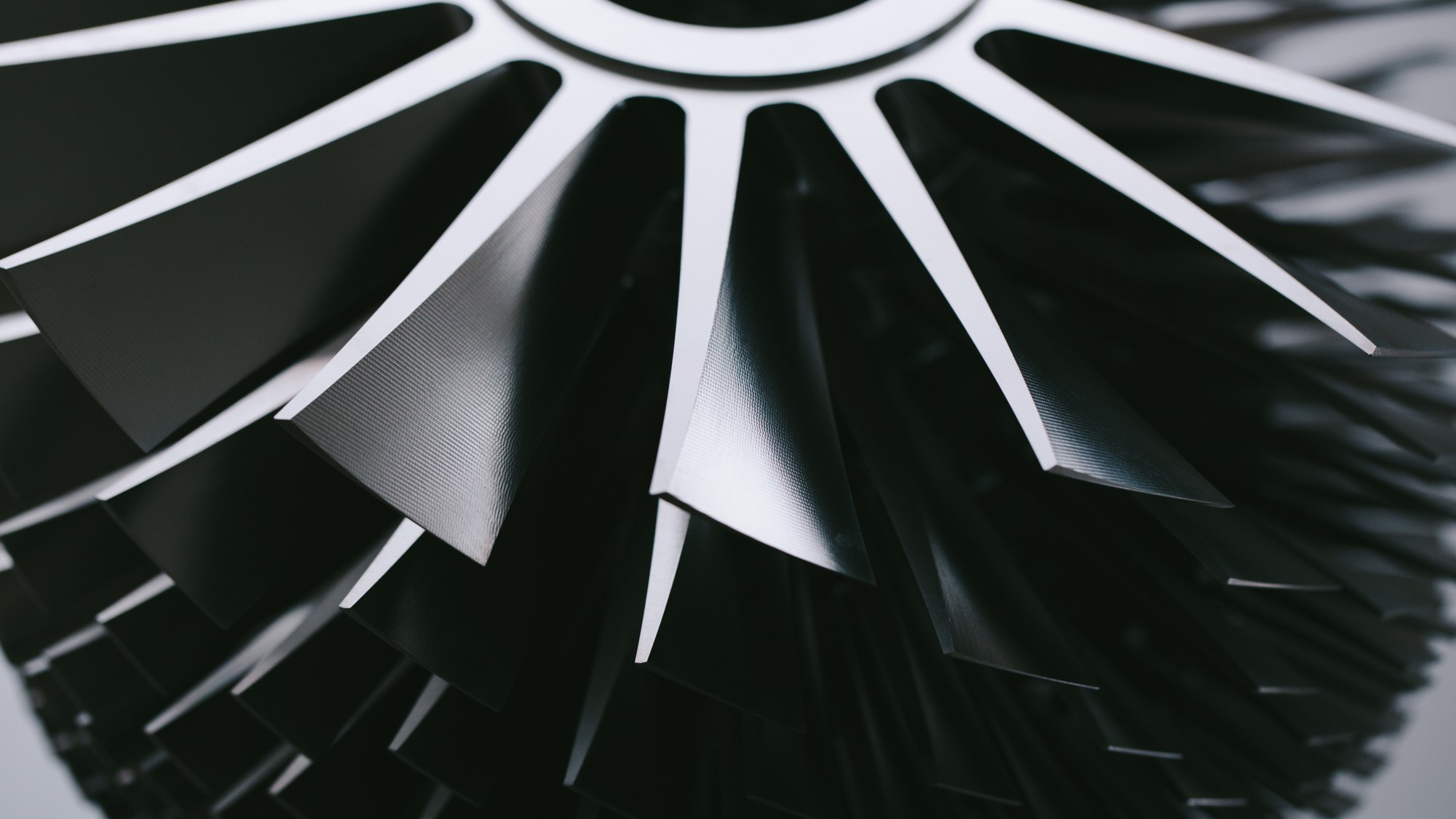By Pete Singer, Editor-in-Chief
Semiconductor manufacturing involves a series of material deposition and removal processes to form complex structures, such as FinFET transistors and 3D NAND memories. Metals and dielectrics are deposited by physical vapor deposition (PVD) and chemical vapor deposition (CVD), for example, then patterned by lithography and etching. Dopants are introduced by ion implantation.
These processes, which often operate at the atomic level – some layers are only a few atoms thick – are performed under high vacuum conditions and are becoming increasingly sophisticated and time consuming. Increasingly complex structures also require more process steps which add to overall processing time.
To speed throughput, equipment makers such as Applied Materials, Lam and TEL have implemented new tools that are smarter and denser. When Lam introduced its Sense.i platform last year, for example, it highlighted new capabilities to capture and analyze data, identify patterns and trends, and specify actions for improvement. A spacing saving footprint and the ability to connect many process chambers to one platform were also touted.
Each process is an atomic ballet – in etch, for example, gases are metered into a vacuum chamber, controlled by a mass flow controller. They are energized, creating as plasma rich with reactive ions that are directed at the wafer surface, where they react to remove material. This creates various byproducts that are swept out of the chamber by a series of pumps, typically a combination of roughing or backing pumps and high vacuum pumps known as turbomolecular pumps. These pumps are typically located below the tool in a sub-fab.
One of the keys to maximizing uptime and reducing defectivity lies in how these turbopumps are designed and managed. Declan Scanlan, Market Development Manager at Edwards Vacuum, said high-aspect ratio etch and new materials are increasing the challenge of controlling etch byproduct deposition in the chamber, including on the turbo pump. “As the etches have become more difficult, we’ve gone through several iterations of optimizing the turbopump design to keep it hot in the right parts – which leads to a cleaner, longer life – and cool in the right parts, which maximizes gas flow,” he said.
With the same process being run on multiple tools with multiple chambers in the same fab, chamber matching is also an important consideration. “In an ideal world, every single component that’s in the etch chamber and connected to the etch chamber is absolutely identical,” Scanlan said. What makes this difficult in vacuum pumping operations is that the foreline which connects the pump in the subfab to the tool in the cleanroom is rarely the same length. “There are pillars, gas lines, chiller lines in the sub fab. It’s basically impossible to keep everything exactly identical,” Scanlan said. Different lengths mean different foreline pressures. To address that challenge, Edwards has come up with an approach they call “foreline insensitivity” which is achieved by increasing the compression ratio of the turbopump. “These pumps can give you a much better isolation,” he said.
For the same reasons that OEMs such as Lam are adding more intelligence to the tool to optimize control and productivity, there’s a push to add increased intelligence in the sub-fab. At Edwards, Scanlan said they are working on new ways to monitor pumps to understand when maintenance is required and prevent problems before they happen. “We are implementing intelligent controls on our next generation platforms to facilitate efficient fleet maintenance, eliminate unscheduled down time, and lower the overall cost-of-ownership,” he said. This includes actively developing hardware and software technologies as well as building out machine learning algorithms that “will utilize the latest innovations in sensor technologies, IoT Interconnectivity, and advanced high-efficiency processors, which are the key hardware enablers of intelligent controls.”
